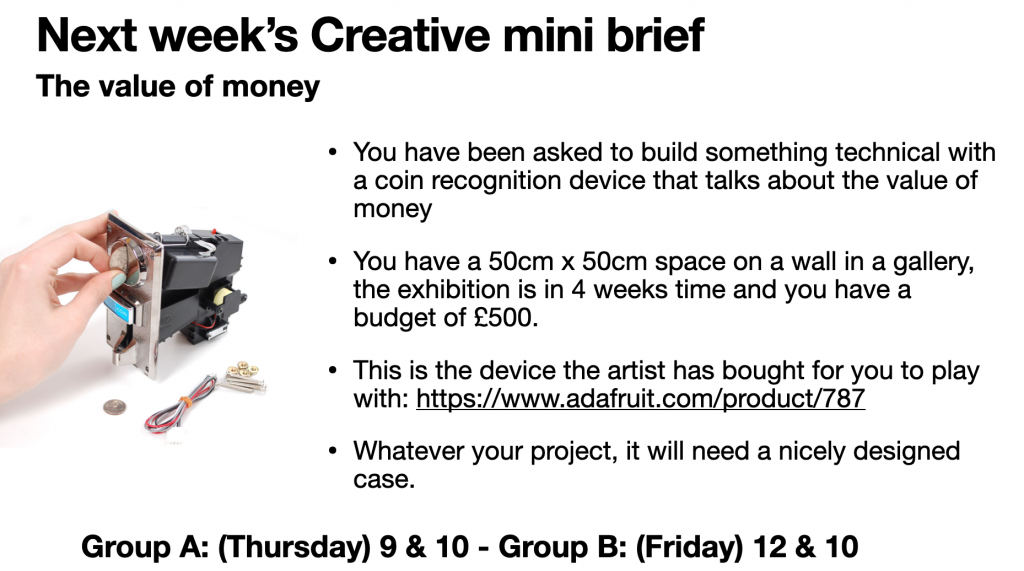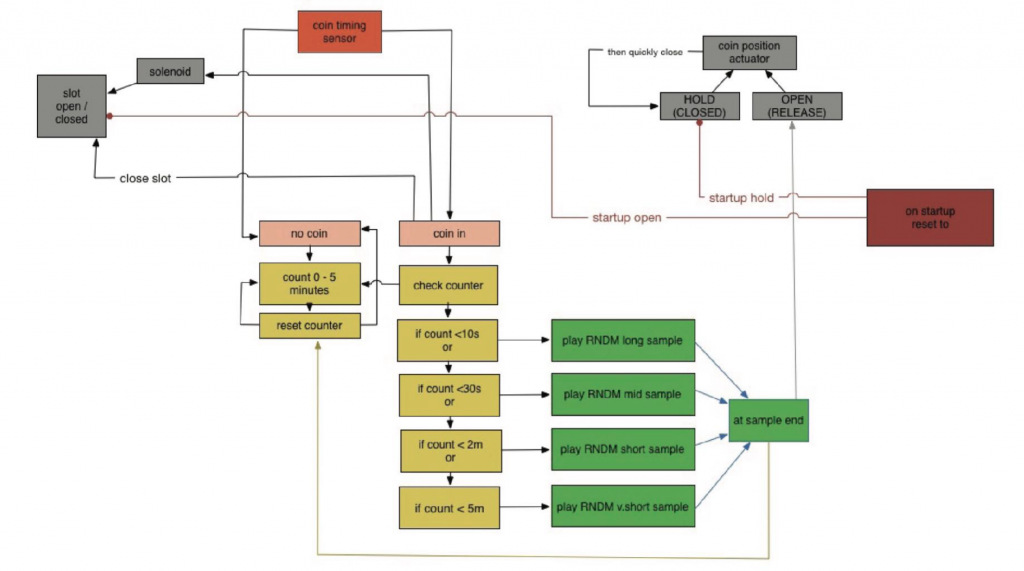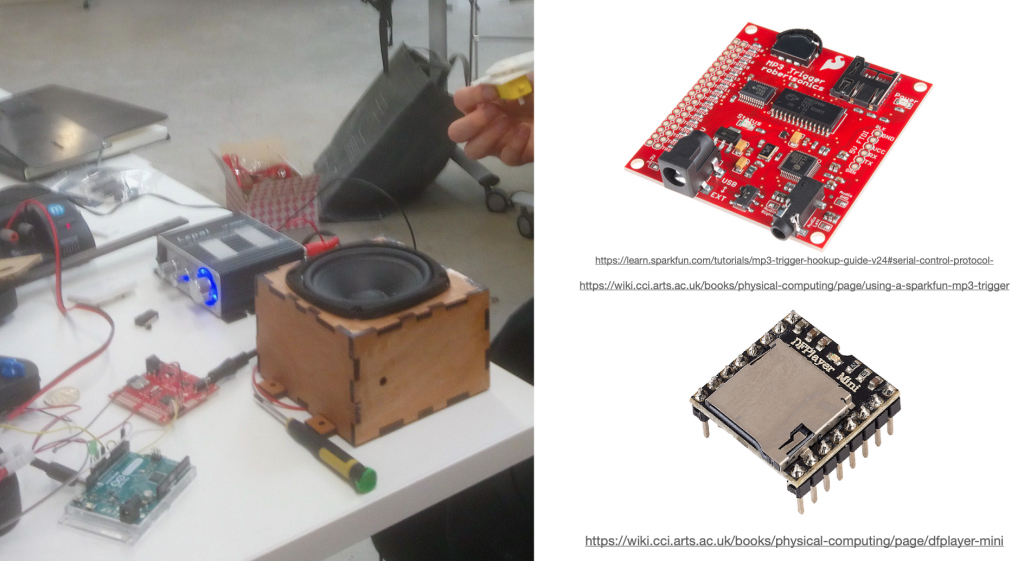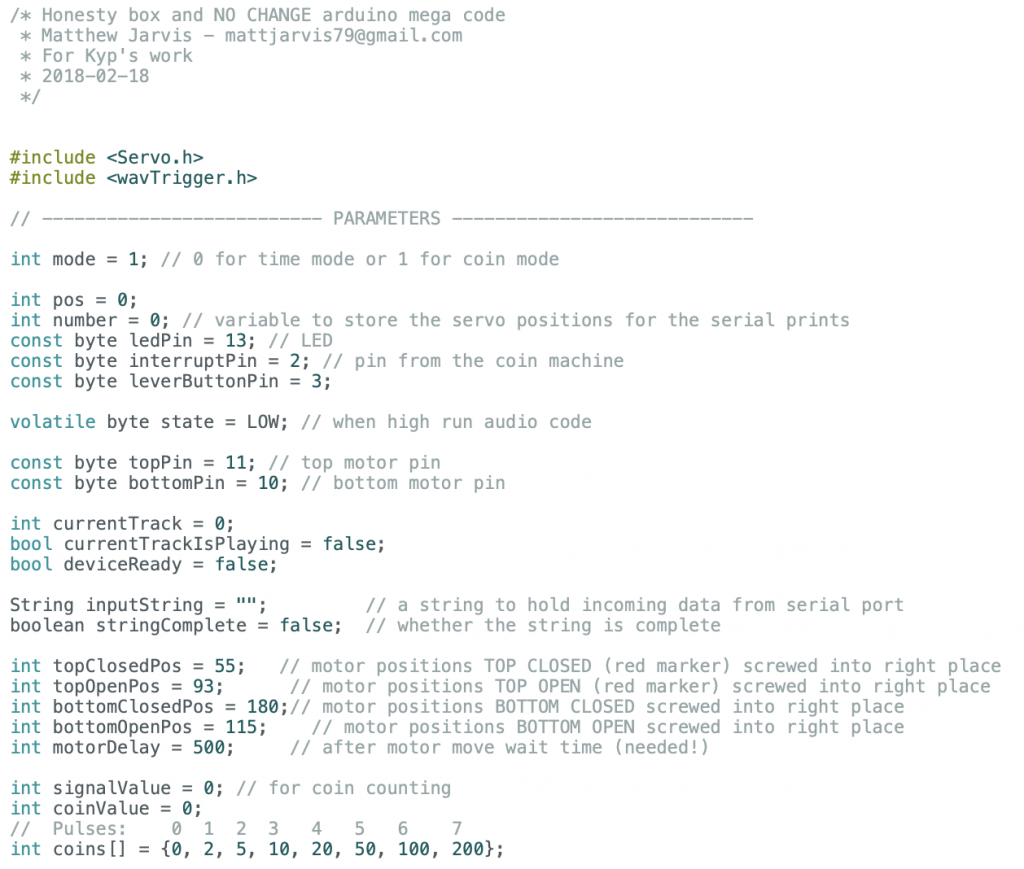In order to get students up to speed with how things are in the outside world, I brought in a pedology of enacting mini-briefs. Theses are briefs that I have encountered and built in the real world.
The students in Creative Computing MSc are a rather large group, ~120 in all. They are split into 2 smaller teaching groups, about 80 in one, and 40 in the other.

For the mini briefs to work, I further split the groups into 12 (in each group). To do this I simply had an open Google Sheets, where they can put themselves into the groups. Each group, then, are given a mini brief of some work I have already completed. I give them a rough brief to come up with something that they then have to pitch back to the class the next week. Two groups pitch each week, I then ask the students to feedback to see in they would commission the project, and if there are any problems with it. Then I give my feedback and ask the tutors to feedback. I tell them what I/we actually built, the problems with the build and what went well and what didn’t.
The groups would spend (no more than 2 hours) to come up with a response to the brief.



In giving my presentation back to class about what we made, I highlight the aspects that have to be thought about, this could include design decisions, how the interactivity works, what the story is, how the machinery is build, then programmed and the results of the installation, and how people interacted with it.

This type of presentation encourages many aspects ideal for the open world. It basically is an elevator pitch, it gets students in front of class, it gives them presentation skills and it makes them think more critically about project development.
These mini-briefs have been a fantastic success, especially as they lead up to their students led exhibition.